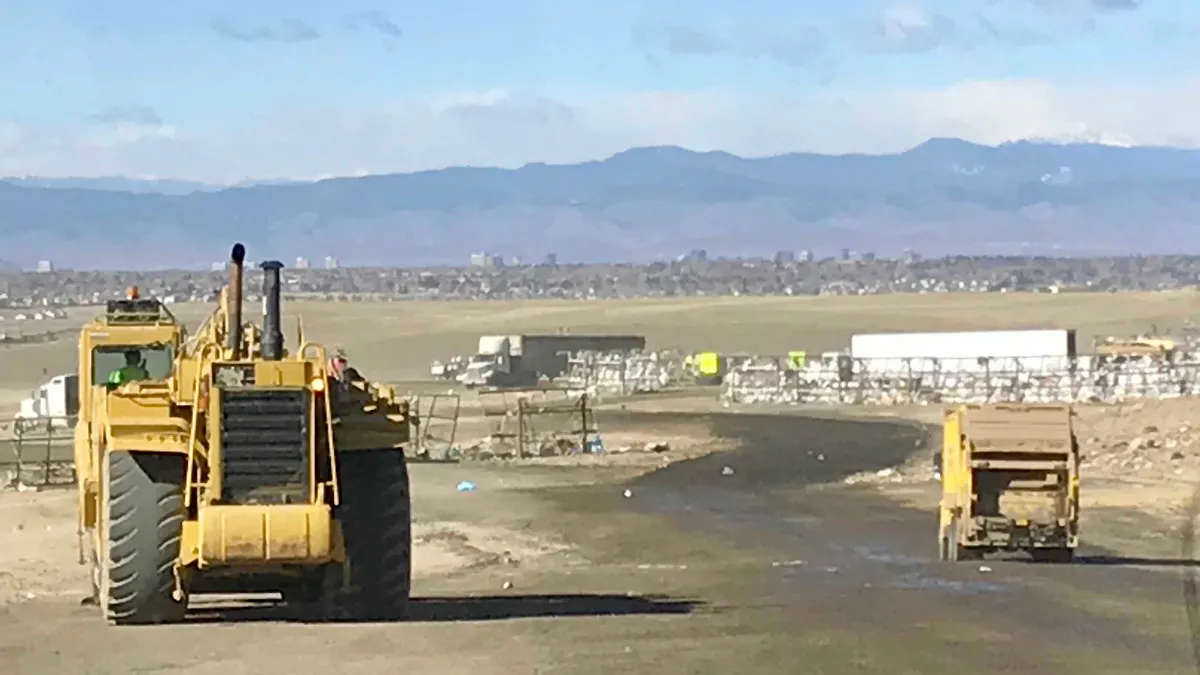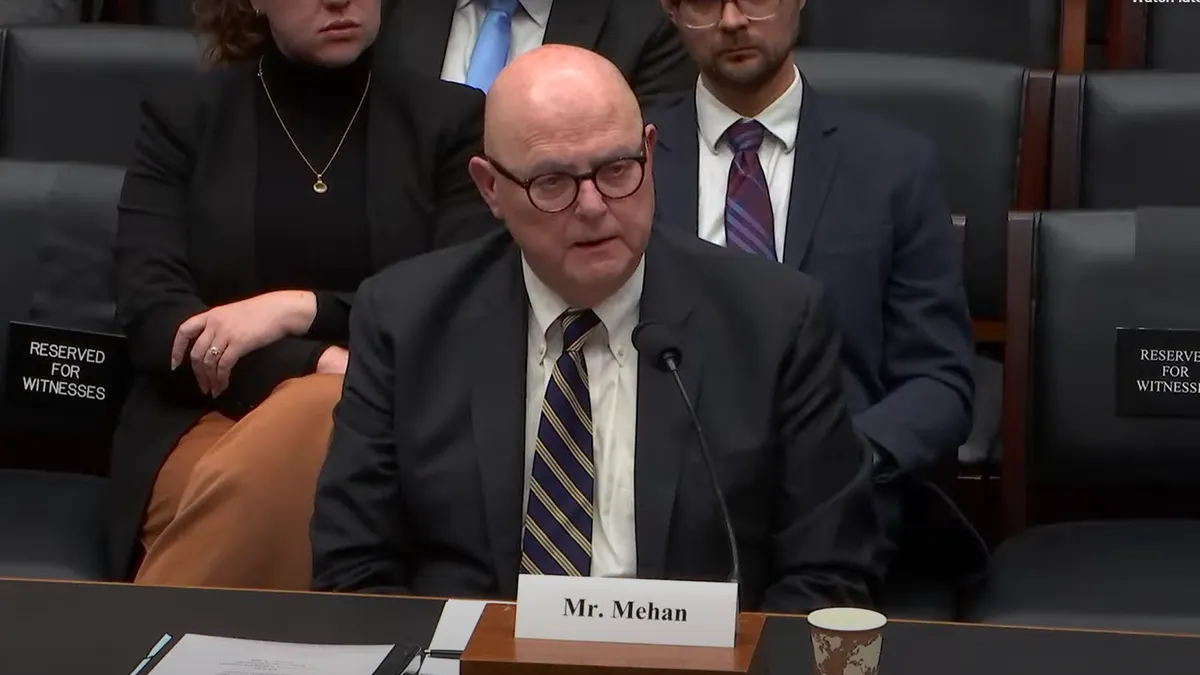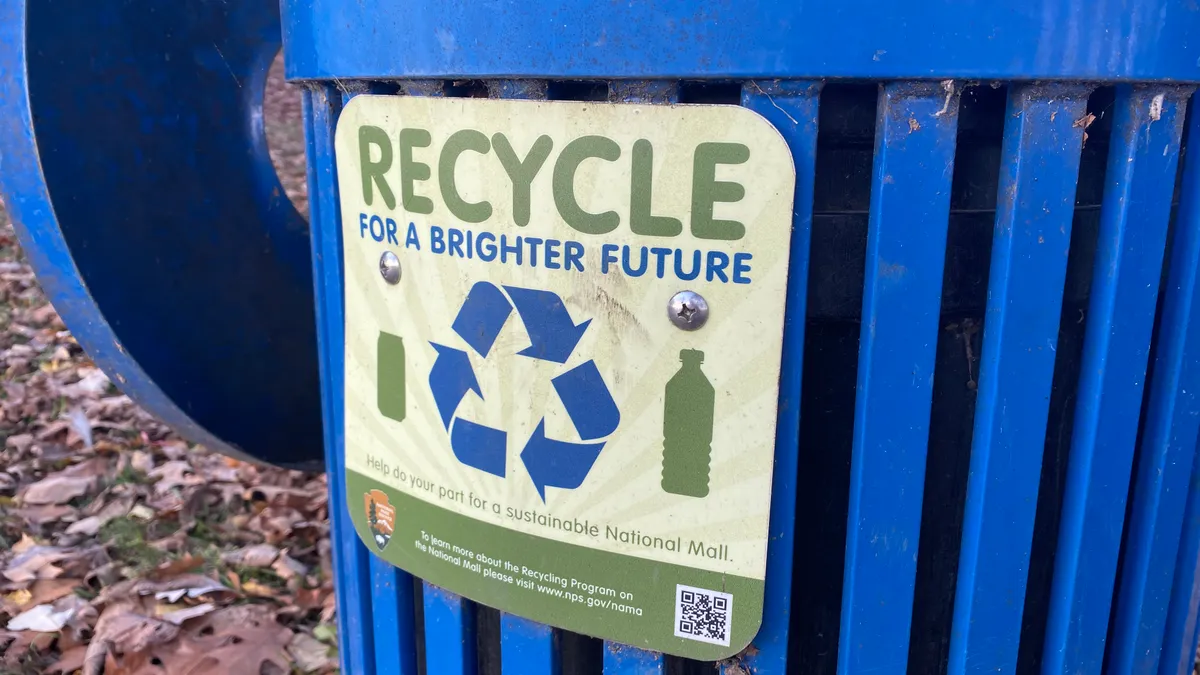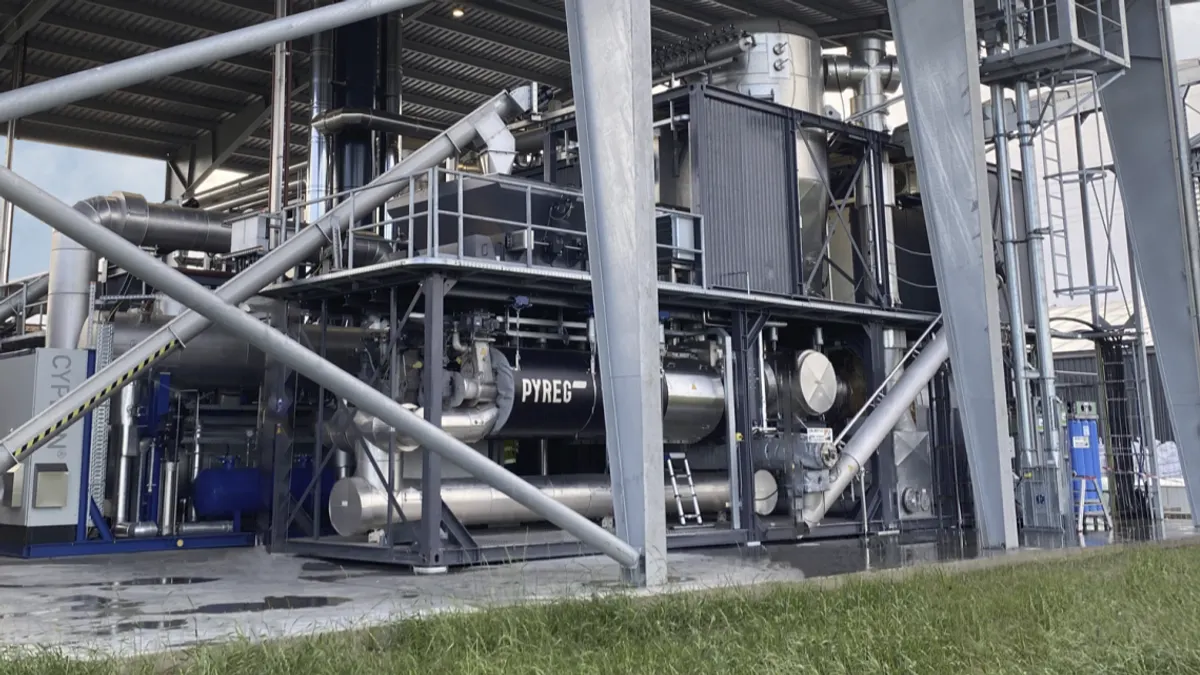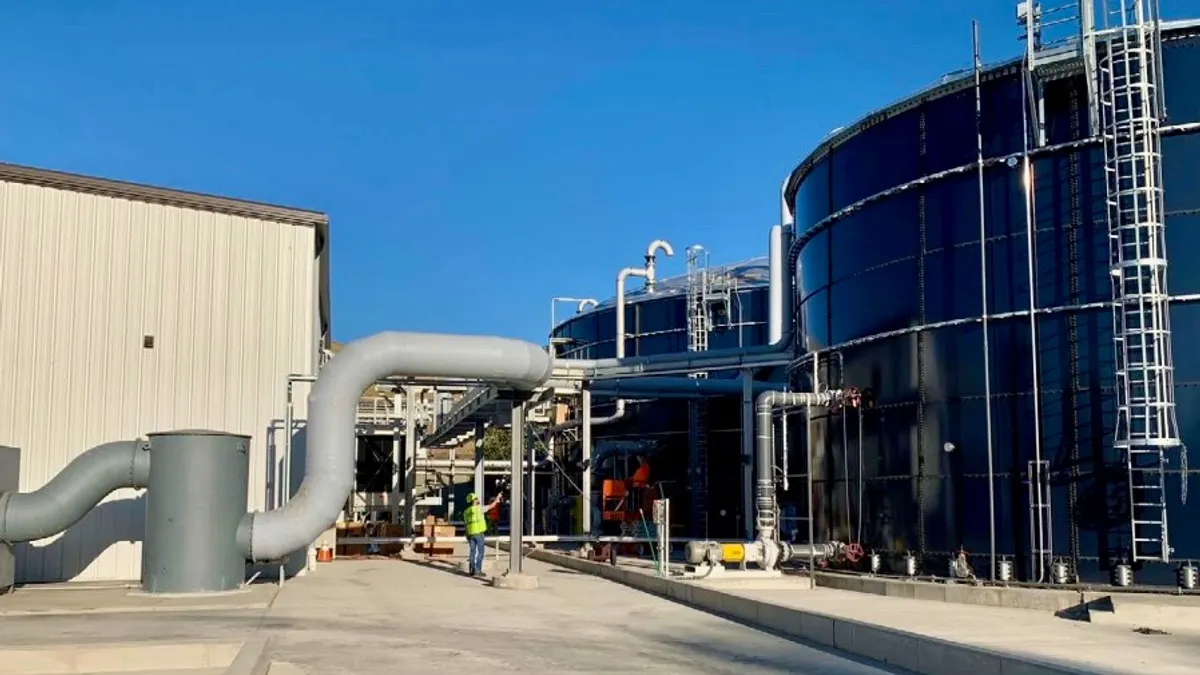Editor's note: This is the latest in a series of monthly columns about emerging trends in regulatory compliance and managing hazardous or special waste.
The United States' ability to unlock fossil fuel resources makes it a global leader in oil and gas production. Future projections indicate a sustained period of growth and the waste industry will be a direct beneficiary.
Major waste companies have invested in their existing operations and are looking to increase their assets by acquiring more in the seven key oil and gas production regions.
When the Resource Conservation and Recovery Act (RCRA) regulations became effective in 1980, EPA deferred applying the Subtitle C hazardous waste requirements on several special wastes – including oil and gas muds and oil production brines. At that time, EPA decided these exploration and production (E&P) wastes from crude oil, natural gas and geothermal energy operations were "exempt" from the hazardous waste regulations. Under the 1980 Bentsen Amendment, EPA identified E&P and other wastes as "special wastes" because of the large volumes generated and a belief they posed less risk to the environment.
In 1988, EPA clarified the exemption but did not make any changes in regulations – except to encourage states to make improvements in their own rules and enforcement. In 2010, EPA declined to act on a petition from the Natural Resources Defense Council (NRDC) requesting a review of the exemption and a change for E&P waste to be regulated as hazardous.
In response to a 2016 Federal lawsuit by the Environmental Integrity Project, NRDC and other groups, EPA was later required to review and revise (if necessary) the criteria for regulating oil and gas wastes. Under a consent decree, EPA issued a 279-page report on April 23 that reached the following conclusions:
-
Revisions to the federal regulations were not needed at this time due to the transformation of the industry to fracking and the similar controls needed for both vertical and horizontal drilling;
-
Revisions to state regulatory programs have adequately incorporated regulatory controls on E&P operations and the waste streams they generate;
-
Adverse effects of uncontrolled releases of E&P wastes were not found as most releases occurred on oil and gas facility property and were typically contained.
The April announcement was criticized by environmental groups, who are expected to press for additional requirements at the federal or state levels. Opposition to EPA's position was based on the presence of hazardous chemicals in oil and gas waste, such as benzene, and the ability of solid waste and E&P landfills to protect the environment once the wastes are disposed.
E&P waste 101
In the April report, EPA attempted to estimate the volume and weight of E&P wastes based on oil production. Consistent with previous estimates, 97.7% of 2016 E&P waste (24.92 billion barrels worth) is water suitable for treatment and deepwell injection. The remaining waste came from multiple E&P waste streams including drilling muds, drill cuttings and treatment residuals.
E&P waste is a broad term describing the byproducts of specific actions during oil and natural gas operations. During drilling, a mixture of oil, gas and water is pumped to the surface. Produced water, which includes brine found in underground formations and water introduced during the extraction of oil and gas, is typically re-injected into underground formations.
Other wastes routinely generated during production consists of solids that are settled out in on-site pits or excavated for off-site landfill disposal. Any salable hydrocarbons recovered during collection and waste processing are stored for transfer to the oil market.
The geologic formations that contain oil and gas deposits may contain radionuclides, which are referred to as naturally occurring radioactive materials (NORM). NORM waste must be analyzed prior to disposal and can be found in drilling sludges, mineral scale inside pipes and produced waters. Depending on state radiation limits, some NORM waste must be disposed in specially permitted landfills.
Growing waste industry potential
The waste and recycling industry has been servicing oil and gas customers for decades, but the sustained growth has accelerated M&A activity for E&P waste processors in the past five to seven years. Companies have focused acquisitions on oil field construction and development, transportation and equipment services, solids management, and liquid treatment solutions.
Waste revenues are driven by the amount of vertical and horizontal drilling, fracking operations, production and cleanup activities. Fluctuations in prices affect the energy industry and have a direct ripple effect on businesses providing waste services. Demand for E&P waste services decrease when drilling activity slows due to depressed oil and gas prices.
Waste Connections' Sept. 2012 acquisition of R360 Environmental was the first large E&P waste acquisition during this period. The $1.3 billion deal included 26 facilities in six states. Today, Waste Connections operates a network of E&P waste operations including 11 dedicated E&P waste landfills. Nine additional solid waste landfills received E&P waste in 2018, which demonstrates the extent of integration in their special waste business strategy.
Republic Services' development of an E&P waste treatment and disposal began with the Dec. 2014 purchase of Canadian-based Tervita Corporation. This deal included assets in the Permian, Eagle Ford and Bakken basins and was estimated to be worth about $485 million. The vertical integration of an established operator provided Republic the size to be an industry powerhouse in the E&P waste sector. Today, the company has assets handling logistics, treatment and disposal in nearly every major U.S. oil basin.
Waste Management has made an equal commitment to servicing this growing energy industry sector by increasing its footprint and proximity to West Texas. In March 2019, Waste Management Energy Services announced the acquisition of Petro Waste Environmental for an undisclosed price. The acquisition allowed the company to grow its West Texas operations with the addition of five permitted E&P waste landfills and multiple waste processing facilities.
Other environmental companies that provide E&P waste services include U.S. Ecology, Clean Harbors and a handful of regional participants.
More to come
As the large waste companies have grown through acquisition of E&P assets, additional growth will occur as they leverage expertise and existing assets to streamline operations. Revenue and earnings from the E&P waste market vary from company to company, and each has a diverse amount of exposure to this market and accompanying oil price fluctuations. However, regulations in the U.S. promote the development of oil and gas and provide a stable business climate for the foreseeable future.
Top oil producing states such as Texas and Pennsylvania continue to revise regulations on E&P wastes, as well as air and wastewater emissions. Separate actions to evaluate the effects of oil and gas wastewater requirements are underway at the federal level. A draft study has been prepared and the EPA is currently accepting public comment on future action. Requirements for the control of methane emissions from energy production sites could also be revisited under future EPA leadership.
The U.S. is a key player in the global energy system and the availability of domestic oil and gas will continue to shape these markets. EPA's recently affirmed determination to exempt specific wastes from regulations governing hazardous waste will allow U.S. oil and gas operations to drill even more without additional regulatory burden. In turn, this leaves the waste industry poised to be a key beneficiary of that ongoing growth.
Rich Thompson is the managing partner of TEC, LLC and provides expert consulting advice on complex environmental compliance issues. He was formerly the director of environmental compliance at Republic Services and Waste Management.





